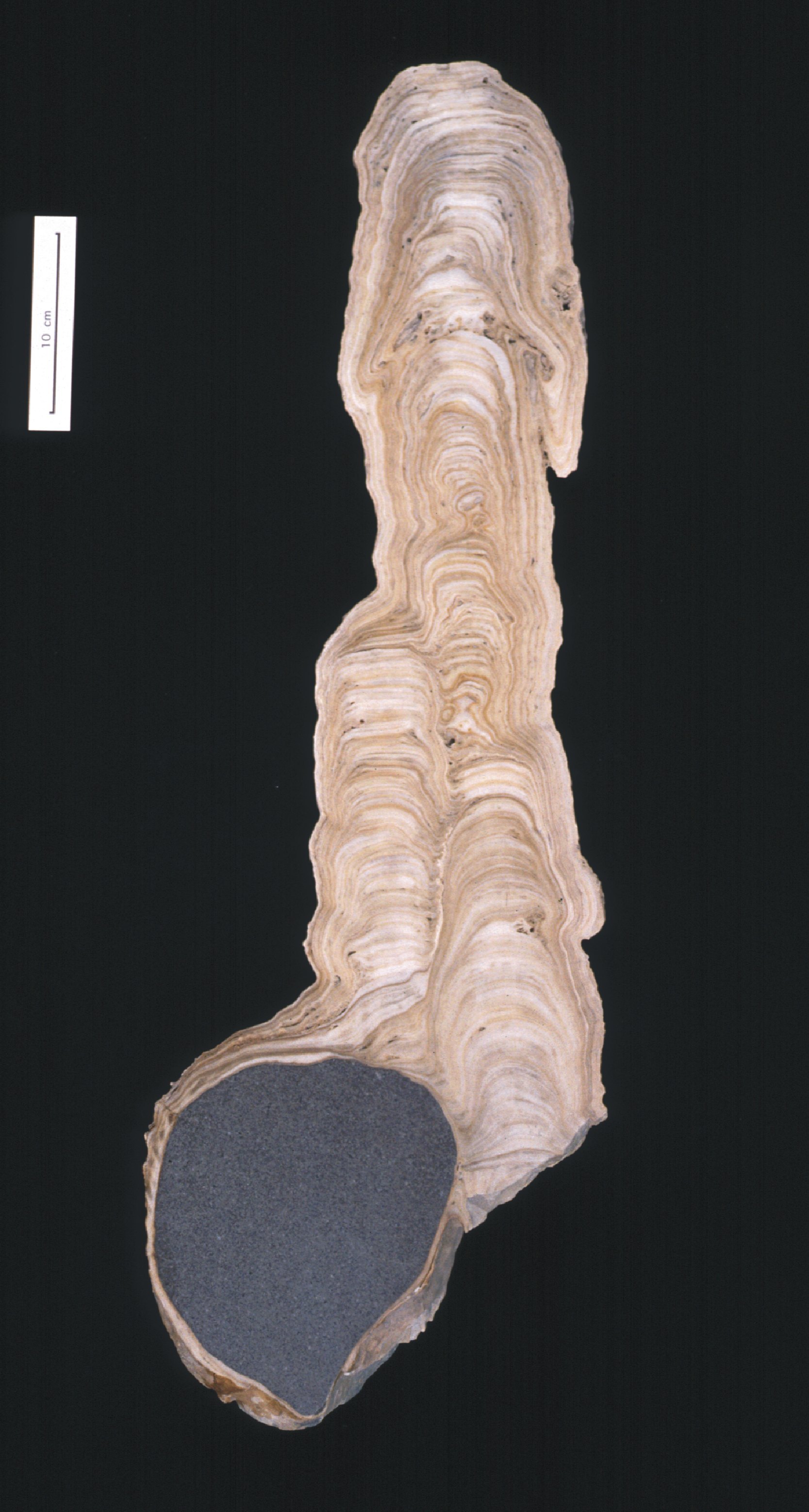A series of unprecedented droughts in the region at the beginning of the 6th century devastated the economy of the Himyar kingdom, which had dominated southern Arabia for 300 years, and
caused a series of social and political changes
that led to the rise of new monotheistic religions, including Islam.
This is the view of an international team of scientists who have studied the rainfall record in a cave in northern Oman, and whose results are published today by the prestigious journal
Science
.
After analyzing hydric and climatic records of the area, including a complete history of rainfall that was recorded in the stalgmites of a cave in Oman, the researchers have contrasted their discoveries with historical documents and archaeological remains, and
have reproduced the series of changes that interacted each other and caused the fall of the empire
, after which there was the rise of the Islamic religion.
Himyar, which dominated southern and central Arabia, had a centralized political system, with a kingdom and several subordinate chiefdoms.
Although it also traded in aromatic substances and metals, it
relied heavily on agriculture
.
And agricultural productivity was based, in turn, on a stable water cycle with two rainy seasons, spring and summer.
Its economy, therefore, was very sensitive to droughts, such as those that occurred at the end of the 5th century and the beginning of the 6th.
Combined with internal problems within the kingdom, such as conflicts between rival lineages, and external ones, such as the Aksumite Christians' attempt to control the Red Sea and Arabian Sea trade routes,
the drought became a new source of trouble
for Himyar .
.
The researchers are careful not to confuse chance - that the drought and the fall of the empire occur at the same time - with causality - that the first causes the second - and also warn against "climatic determinism", that is,
the tendency to attribute any political and social changes to environmental conditions
.
However, the reconstruction of historical events in parallel to the water record, together with what is known about the economy of Himyar, suggests an important relationship between the aridification of the land and the historical changes that occurred.
Image of stalagmite H12 from Hoti cave, northern Oman.Dominik Fleitmann
"During the sixth century after Christ, droughts in southern Arabia contributed to the decline of the Himyar kingdom. This
caused a general economic and cultural decline and widespread confusion in the Arabian Peninsula
, which was the context in which, finally, Islam emerged," Dominik Fleitmann, Professor of Environmental Sciences at the University of Basel (Switzerland) and first author of the study, explains by email.
Hymiar fell to the Aksumite Empire in the year 525, with the records of greatest aridity corresponding to the period between 500 and 530.
"As [famous German archaeologist] Paul Yule says: 'In
the end, for Islam to triumph, the tottering Himyar empire must fall
.'
This sentence is, of course, a great simplification of all the socio-political and religious processes that took place during the 6th century, but it is a good short summary of the conclusions", continues Fleitmann. After the disappearance of the kingdom, decades of confusion and cities like Mecca acquired a growing prominence.
One of several factors
Have climatic effects been forgotten in the study of historical changes?
"No, not really," Fleitmann replies.
"I would rather say the opposite. Too often, paleoclimate researchers have linked extreme weather events (droughts, cold snaps) to social changes," he says.
Meanwhile, on the other side, "many archaeologists and historians ignore the influence of climate on societies and focus on social factors," she adds.
His proposal is situated, therefore, in a middle ground: "The climate
is often one of several factors, since it tends to amplify existing problems
in a society".
"It is important to reflect that every society is different and that there is no general pattern to how they will respond to climate change. However, abrupt and unexpected extremes in climate have very often had detrimental effects on most societies,
particularly for those living in marginal areas with the harshest climatic and environmental conditions
", completes Fleitmann.
He also recalls that there are "many examples" of similar interactions between climate and society: "The collapse of the Akkadian empire in Mesopotamia, about 4,200 years ago; the collapse of Chinese dynasties, due to the lack of monsoon rains; the collapse of the Maya; the expansion of the Mongol empire... To name just a few".
And he anticipates: "We will see more similar stories, because
the investigation of the relationship between climate, environment and humans is now in a boom
".
Conforms to The Trust Project criteria
Know more

